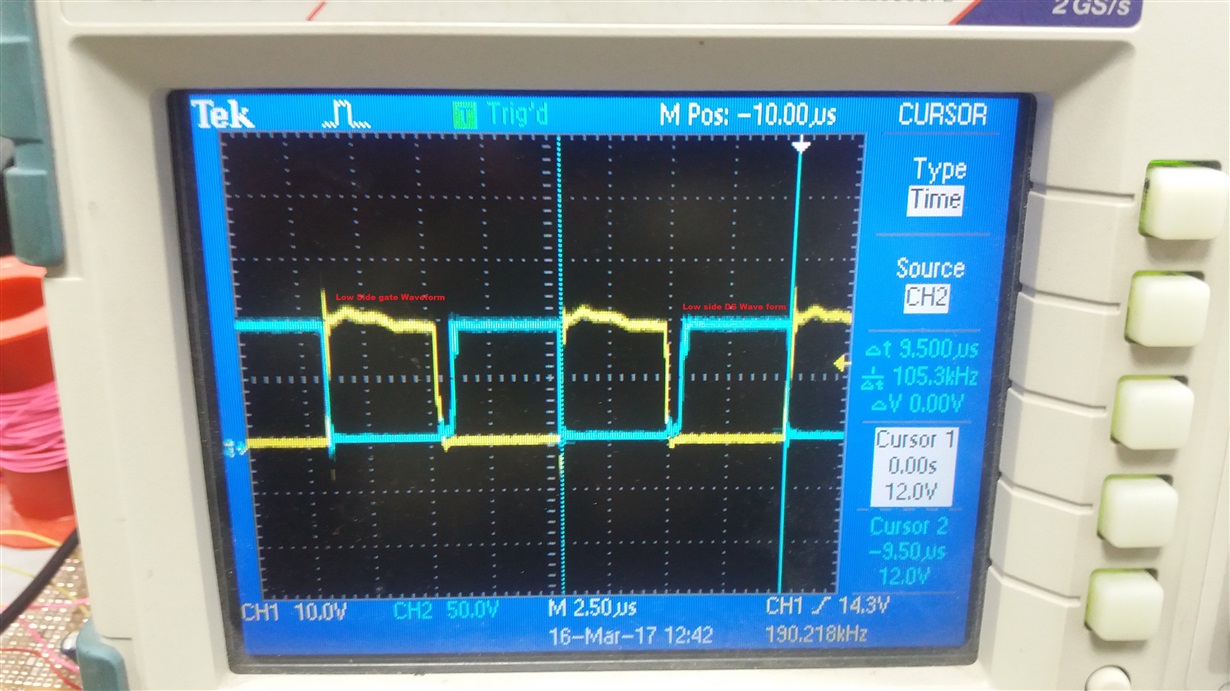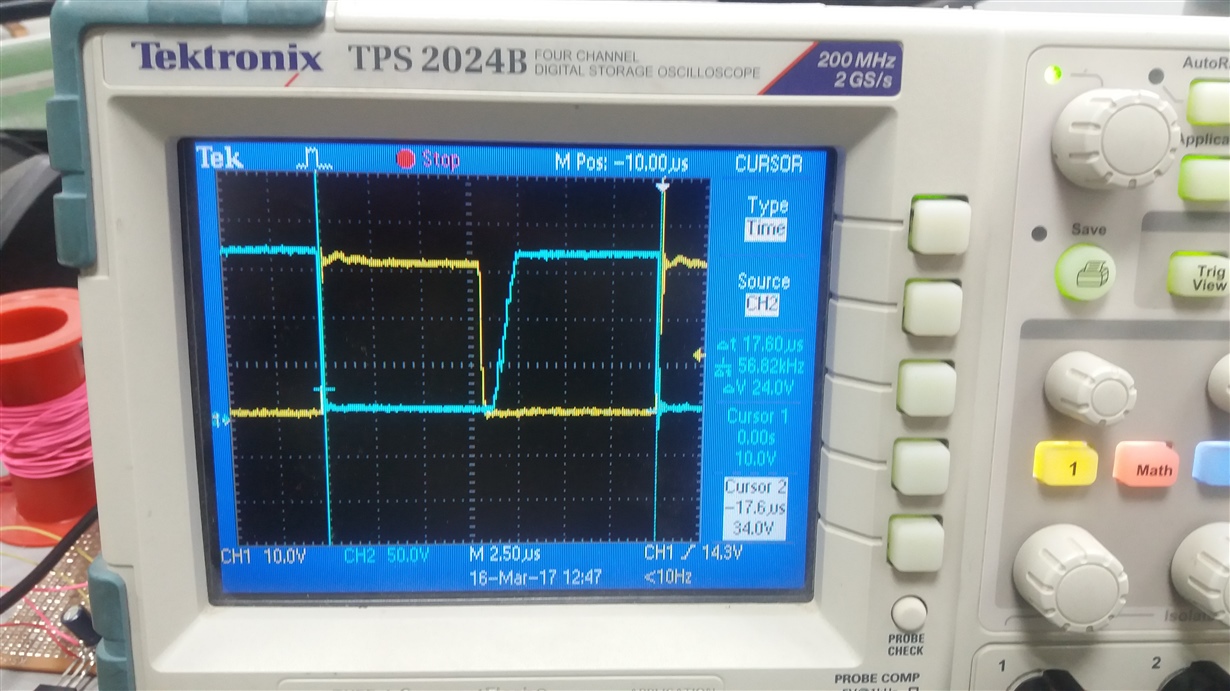Hi
I am working on a two switch forward converter using UC2844A ,Converter Specs are input universal input voltage 90-264VAC,Output 450V DC @350mA. in this power transformer is heating and drain to source voltage of the MOSFET during turn off time is like ramp wave form,not as square wave form, let me know what may be the reason for this?








